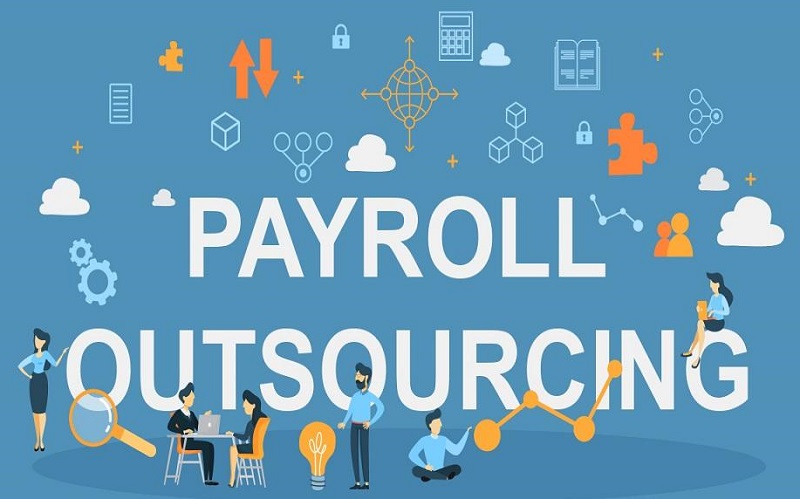Technology is changing how businesses manage help desk IT support. As organizations rely more on digital tools, the demand for efficient and responsive support continues to grow. Companies must adapt to new technologies, automation, and customer expectations to maintain a strong IT infrastructure.
The role of help desk and IT support is shifting from reactive troubleshooting to proactive service management. Emerging trends in artificial intelligence, remote support, and cybersecurity are shaping the future of IT help desks. Businesses that embrace these advancements will improve user experience, reduce downtime, and enhance overall efficiency.
This article explores key trends that will define IT help desk support in 2025, helping businesses prepare for the future of technical support.
The Rise of AI and Automation in Help Desk IT Support
AI-Powered Chatbots and Virtual Assistants
AI-driven chatbots are transforming help desk IT support by handling routine inquiries, resetting passwords, and providing instant solutions to common problems. These chatbots use machine learning to understand user issues and improve responses over time.
Instead of waiting for a live agent, employees and customers can receive immediate assistance from AI-powered virtual assistants. This reduces response times, allowing IT teams to focus on more complex technical problems.
Automated Ticketing Systems for Faster Resolution
Manual ticket management slows down IT support operations. Automated ticketing systems categorize and prioritize issues based on severity, ensuring that urgent problems receive immediate attention.
AI-powered systems can predict potential technical failures before they happen. By analyzing historical data, these systems alert IT teams to take preventive action, reducing system downtime.
Remote and Hybrid IT Support Solutions
Supporting a Distributed Workforce
Many companies now have remote and hybrid work environments. Employees need IT support across different locations, time zones, and devices.
Cloud-based IT help desk support platforms enable technicians to troubleshoot and resolve issues remotely. Remote access tools allow IT teams to diagnose software and network problems without needing physical access to devices.
Self-Service IT Portals for Employees
More businesses are adopting self-service IT portals where employees can find solutions without contacting support staff. These portals provide step-by-step guides, troubleshooting articles, and video tutorials.
Self-service options empower employees to fix minor issues independently, reducing the workload on IT teams and improving response times for critical incidents.
Cybersecurity Integration in Help Desk and IT Support
Strengthening IT Security Measures
Cyber threats continue to grow, making security a top priority for help desk IT support. IT teams must ensure that support systems protect against phishing attacks, data breaches, and unauthorized access.
Multi-factor authentication (MFA), endpoint detection, and encryption are now integrated into IT support workflows. Help desks play a critical role in monitoring security incidents and educating employees on best practices.
Incident Response and Threat Detection
Help desks are no longer just problem-solving centers. They are now frontline defense units that detect and respond to security threats.
By integrating cybersecurity tools into help desk and IT support, businesses can identify vulnerabilities and take immediate action to prevent breaches. Automated security alerts notify IT teams when unusual activity is detected, allowing quick intervention.
AI-Driven Analytics for Predictive IT Support
Analyzing Support Trends for Better Efficiency
Data analytics is becoming a major factor in IT help desk support. AI-driven analytics help businesses identify patterns in user issues, allowing IT teams to make data-driven decisions.
For example, if a large number of employees report connectivity problems at the same time, IT teams can investigate broader network issues rather than handling individual tickets separately.
Reducing Downtime with Predictive Maintenance
Predictive analytics use machine learning to detect early signs of hardware failure, software crashes, or performance slowdowns. IT teams receive alerts before issues escalate, allowing them to take preventive measures.
This proactive approach minimizes disruptions and ensures smoother IT operations across the organization.
The Shift Toward Cloud-Based Help Desk IT Support
Scalability and Flexibility for Businesses
Cloud-based help desk IT support platforms allow companies to scale their support operations as needed. Businesses can add new users, integrate third-party applications, and manage support requests from a single platform.
Cloud solutions also improve accessibility, enabling IT teams to provide support from any location. This is especially useful for global companies with remote employees.
Improved Collaboration Between IT Teams
Cloud-based support platforms enhance communication between IT staff. Instead of working in isolated teams, technicians can collaborate in real-time, share insights, and resolve issues faster.
Features such as live chat, shared dashboards, and remote desktop control enable IT departments to work efficiently and reduce ticket resolution times.
The Future of Help Desk IT Support: What to Expect in 2025
Greater Personalization in IT Support
AI-driven IT support systems will continue to evolve, offering personalized solutions based on user behavior and preferences. Help desks will analyze previous interactions to provide faster, more accurate responses.
Integration of Augmented Reality (AR) in IT Support
AR is expected to play a larger role in help desk and IT support. Technicians will use AR-powered remote assistance to guide users through real-time troubleshooting steps.
For example, an employee experiencing printer issues can use an AR-enabled mobile app to receive step-by-step visual instructions from an IT technician.
Zero Trust Security Models for Help Desk Support
Security will remain a key focus for IT teams. The adoption of zero-trust security models will enhance protection by ensuring that all users and devices are continuously verified before accessing company networks.
Help desks will enforce strict security protocols, reducing the risk of unauthorized access and data breaches.
Preparing for the Future of IT Help Desk Support
Businesses that invest in modern help desk IT support solutions will gain a competitive advantage. Companies can ensure smooth IT operations while reducing downtime by adopting AI-driven automation, remote support capabilities, and enhanced security measures.
Help desk and IT support are evolving into proactive, data-driven functions that prioritize efficiency and security. Companies that embrace these changes will improve user satisfaction and strengthen their IT infrastructure in the years ahead.
As IT help desk support advances, businesses must stay informed about the latest trends and technologies. The future of IT support is not just about fixing problems—it is about preventing them before they happen.



